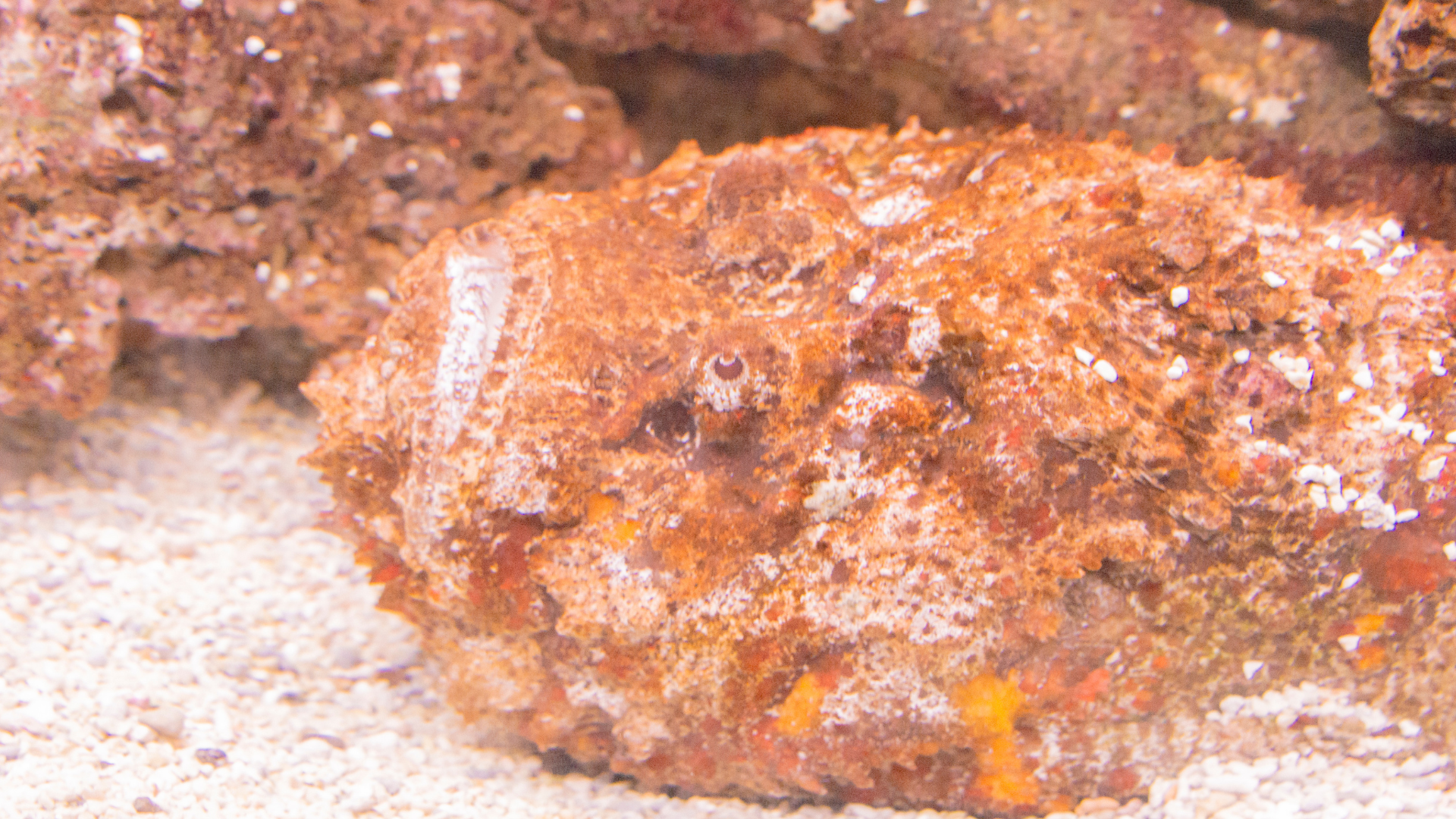
![]() Escrito por Yuliia Kliusa
Escrito por Yuliia Kliusa
10/11/2023 en Vida Marina
|
0 comentarios
According to a new evolutionary study. Venomous species of fish outnumber not only snakes but. on the whole. to all types of poisonous vertebrates. Total. the oceans. The world's lakes and rivers are home to more than 1,200 species of poisonous fish. according to the latest issue of the Journal of Heredity.
Previously. Scientists estimated that there were only 200 poisonous fish. The new additions double the number to more than 2,000 species of venomous vertebrates.
New family tree
Until the recent study. Scientists calculated the number of poisonous fish species based on medical documents recording encounters between fish and humans. and not in biological or evolutionary research. For this. AMNH researchers looked at known venomous species—which include stonefish. catfish. Lion fish. Scorpion fish. frog fish. rat fish. among other families—and tried to determine how they were related to each other and the other fish. "You have to know the relationship that exists between them to be able to make efficient statements about whether they are poisonous or not." commented Ward C. Wheeler. co-author of the study and head of the museum's invertebrate zoology division.
Wheeler's team used DNA sequences and computer simulations to reconstruct the venomous fish family tree. and thus be able to reach their common ancestor. Researchers claim that the first poisonous fish lived at an earlier time than previously believed. Therefore. The family tree contains many more additional branches and modern species than scientists had thought. In this way they used the renewed evolutionary tree to predict which species would be poisonous. and put to the test. when searching for poisonous mechanisms. to more than one hundred species. Physical evidence corroborated the DNA tree's predictions. ''We stepped back and wondered. 'Well. If they are poisonous then they should have structures that facilitate their poisonousness. Wheeler said. "We found that in almost every case there was a specific structure that could be involved."
The study also raises intriguing questions about modern poisonous fish. According to the few fish studies that have been carried out. only some species. such as lionfish. They use their poison to attack. like snakes do. Most use it to defend themselves from predators. ''We don't know when stonefish evolved. but something truly horrendous must have been there to make those two-foot animals develop such a powerful toxin or poison.” posed William Leo Smith. co-author of the study and postdoctoral professor in the museum's division of vertebrate zoology.
They are coming
Poisonous fish should not be confused with poisonous species. such as puffer fish. which houses colonies of toxin-producing bacteria. Poisonous fish produce their own toxins. They also inflict the poison through a delivery mechanism. But. unlike snakes that use fangs. They generally have sharp spines. Most poisonous species live in the ocean. In general. They are found near tropical coasts. For this reason, Indo-Pacific waters are known for the abundance of poisonous species.
But there are also a good number of species in fresh water. Australia. For example. It is home to the deadly freshwater scorpionfish. also called bullrout; The waters of Southeast Asia are home to the deadly species of freshwater catfish. and a deadly freshwater toadfish swims in the waters of the Amazon basin.
The most common North American examples—some species of catfish and Pacific stonefish—are only a small threat to humans. But the most dangerous lionfish. originating from Australia and Indonesia. They were introduced to the Florida coast several decades ago. probably when captive fish were swept out to sea during a storm. The population is reproducing and the fish have been seen in summer as far as Northern Connecticut.
Thousands of victims
Although most people are unaware of the existence of poisonous fish. They can be a big problem. More than 50,000 injuries are attributed to them annually. Some bites only cause blisters. but others are strong enough to kill a human being.
The most dangerous encounters. and sometimes fatal. They occur between fishermen and their prey. ''When you look at a place like Brazil that keeps good records. “About 40 or 60 percent of the people who encounter poisonous fish are fishermen.” Smith explained. ''But who knows how many people die in rural areas of developing countries when they step on a stonefish in the mudflats? “They may never be reported as deaths caused by poisonous fish.”
Healing poisons?
What's more. Very little is known about fish poisons. Smith said. ''The stonefish is the most poisonous as far as we know. but that's probably just a guess. They are the only ones they have cared about to make an antivenin.”
That is why the new research can be used by scientists evaluating the benefits of toxic poisons on human health. Previously. poisons that affect the muscular systems. nervous and cardiovascular systems of humans have shown applications for the development of medicines. For example. research on snake venom has produced at least six potential drugs for cancer and cardiac arrest; These will soon be reviewed for sale by the US Food and Drug Administration. Gila monster venom holds promise for treating diabetes. The toxic venom produced by cone snails is also explored. that live in reefs. for a large number of medical uses.
People have been aware of the existence of poisonous fish for a long time. But despite the potential benefits they contain. Most of the poisons produced by fish have never been examined for medical uses. ‘‘Some of the oldest writings about fish are about poisonous ones. They are mentioned in historical writings such as those of Aristotle. Smith said. "It is surprising for them how much is ignored today."
Comments